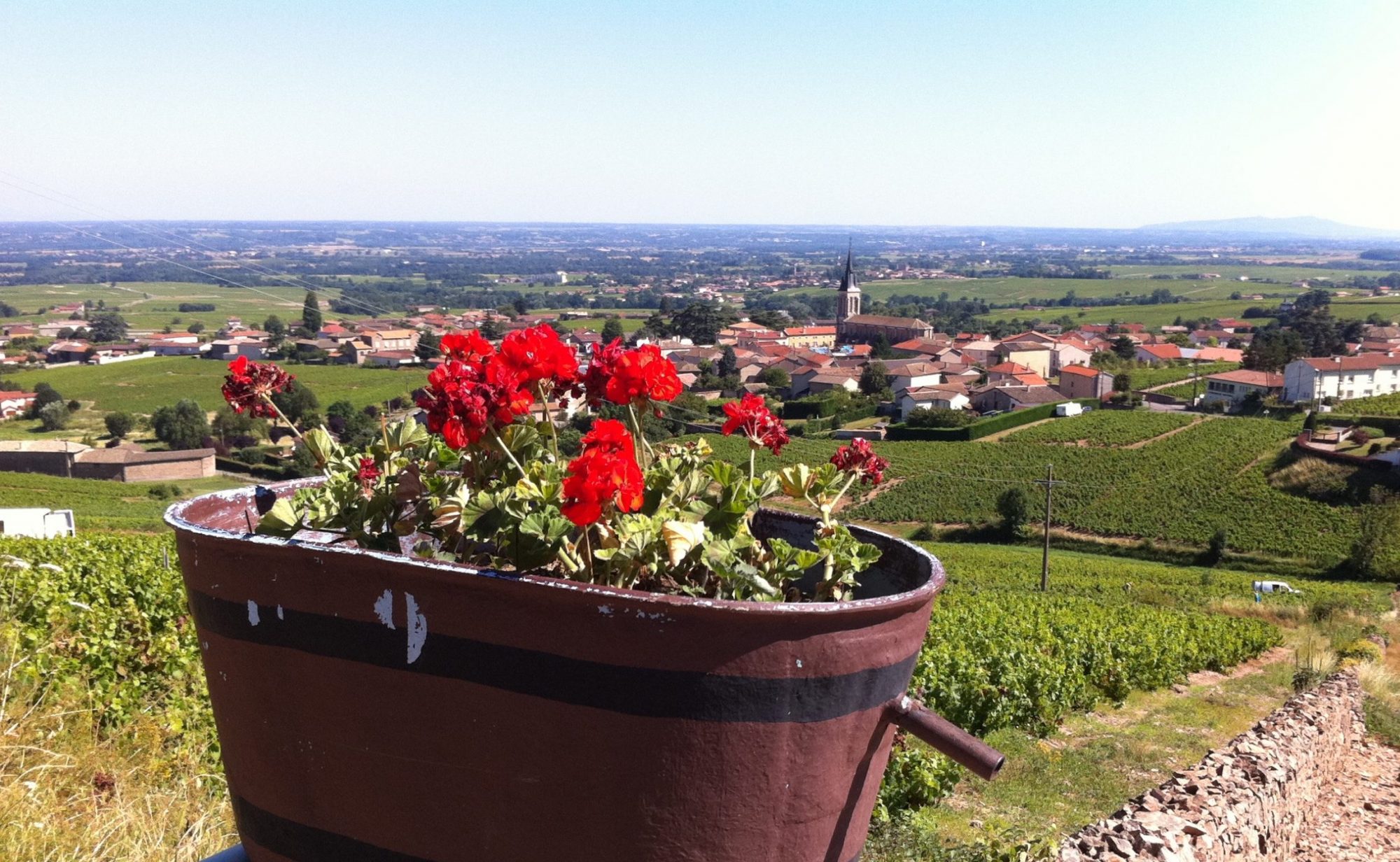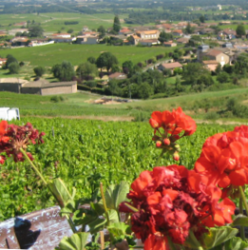“…and if you look closely, you can still see the bullet marks”. This is a reference to comments made by fictional tour guides in any city you like, describing the scars of wars ancient and modern left in perpetuity for gawking tourists. Not that the bullet marks were primarily made for the future tourist’s amusement of course. We first noticed them for real in Arras after the first day, when then British engaged in a diversionary action during the first world war. The bullet marks are still there, and it is poignant to consider that the very same streets that we walk today once were the scene of violent struggle where young men bled in vainglorious “dulce et decorum est pro patria mori”. Northern France in particular tells this story but it was repeated along the way. The black crosses of the Deutsche Soldaten cemetery in a field out on its own along the ‘Chemin Des Dames’ in Champagne-Ardennes, reminds us of the cost on all sides. All old buildings in towns and cities everywhere will tell you a story and leave their mark on you if you have the time and inclination to hear. And so it is with France itself, which will leave its mark on us, and if “you look closely you will still see the bullet marks” of this trip. Marks that are not of course physical but mental and which will be carried forward, perhaps fading only a little with the passage of time.

Cycling across a country puts you in touch with its history past and present in a way that driving through in a car just cannot do. One loses count of the many ‘Rue Jean Moulins’ that every city, town and humble village seems to have. Jean Moulin it turns out unified the french resistance under De Gaulle until his torture and death at the hands of the Gestapo boss the ‘Butcher of Lyon’ Klaus Barbie in 1943.
At the speed of a lazy sparrow as it chirrups its way along a hedgerow, a bicycle affords a view of the landscape, villages and people which is otherwise blurred into nothingness from a car window. You take roads that in ‘normal’ circumstances would be a hindrance as they meander and twist and seemingly go nowhere to where you want to be, fast. Of course occasionally there are the dizzy descents down into valleys but most of the time the wild flowers, the meadows, the cornfields lazily slip by in your vision allowing individual specimens to be spotted and even lingered over.
Distant way points on the horizon, such wind turbines, church towers or even nuclear power stations can be noted for gauging progress. You are slow enough that you can take time to look to the ground immediately in front of your wheel which can then be studied for road texture, road kill or just mindless musings on the road. This is done safe in the knowledge that you are unlikely to drive off the road at speed into a tree or ditch. Madame crosses the street to the boulangerie to pick up her baguette, as does Monsieur, saying his “bonjour m’sieudames” as he does so. This happens every day, at all times of the day, in Calais, Arras, Premontre, Villeneuve, Tournon sur Rhone, Vertus, Tinqeiux, Nuits St George, Lyon, Beaucaire and Montpellier. It happened today and it will happen tomorrow. Often the only item being carried is baguette. ‘Let them eat cake’ misses the beating and bleeding heart of France by a kilometre. No wonder so much land is cornfield. Bread holds these people together, reflecting Christ’s injunction at the last supper and the humble baguette symbolises the complexity, interdependence, and interconnectedness of multiple systems that make this country.
Madame probably does not give much thought to what it takes to get the flour to the baker, to which poppy fringed cornfield provided the raw ingredients for the flour, to which farmer laboured under a hot sun to bring the corn in. Neither does she consider the delivery drivers and the processors and the bakers and possibly the railway lines that speed products across vast distances. Nor the power lines or wind turbines that provide the raw energy to turn the mills, light the lights or keep the computers on. All of which allows baguette to be available every single day to millions across a huge country. The countryside itself does not shout about this achievement, there are hints for those who wish to see of course, but the swifts, swallows and martins dance and sing in the sun above a quiet ‘sundayish’ industriousness that ensures that not only is cake eaten but so is bread, and cheese, and beef, and apricots.
There are village churches and city Cathedrals, a Pope’s palace and Big Jesus. Religion runs through this country and has left its stain, it’s stigma and it’s story. The religion is of course Catholic and despite recent Muslim immigration and Moorish influences in the South, very little of Islam can be seen, not much has escaped the papacy. France is a secular republican state by constitution but the power of the church has constructed its urban and village life.
The power and majesty of Reims cathedral (later captured by Monet in a series of paintings) mirrors in opposition the weakness and dirt of the rural poor who paid for the might of the popes and priests who lived in holy opulence while they toiled in the dust. In return they secured a place in heaven through the intercession of the priesthood. One suspects though that the peasantry took earthly solace in earth’s vinicultural bounty as heaven may have been a bit too far off in the future. The church bells may toll every Sunday to call sinners to repentance, but the French during the week are well able to ensure that there are sins that require it.
California certainly did it a while ago, before 1998, Scotland followed suit before the English took on the idea. France lags behind. Banning smoking in public places. It looks anachronistic to us from the UK, so used are we to clean air and clothes. Here it is difficult to avoid even in the open air. People will light up before, during and after a meal. Once and only once did a woman ask if it was ok to smoke. The old, the young and the donkeys all smoke. I even saw a dog rolling up in a Provincial village, he winked as I cycled past, and gave a course smoker’s gruff as the dust from my wheels drifted past his nose.
How to drink French style. There is an order to drinking and a ritual that is different to Anglo Saxon methods. The weather dictates the order and sets the context. In the dark and cold north, where one sits inside with a log fire and low oak beamed ceilings, a pint of ale is required. None of your fancy stuff because we have a thirst to quench. In the sunshine it is different. An early evening pastis, diluted with water and ice, is a perfect aperitif because of course one will be eating not just drinking. A carafe of water is automatically placed on the table to ensure one does not dehydrate either from the sun or alcohol, the wine is served often in a carafe which is available as vingt cinque (25), cinquante (50) or, at times for 4 people, a litre. If you choose an excellent wine at a price then one bottle will be savoured not sloshed. The glasses on the table are small, and very small measures of good wine is poured into the glass to oxygenate it. When a 50 cl carafe was ordered for one, a waiter raised an eyebrow, laughed and said ‘go for it’. The food comes and goes slowing the momentum of the guzzling. The result is measured alcohol intake. Beer is served in petit, moyen or grand ‘pression’. An order for a grand pression elicited a smiling ‘ca marche!’ from another member of staff. Clearly, big beer measures are an Anglo Saxon Habit.
Wine is of course not a drink. It is a lifestyle. The countryside is a constant reminder of the relationship between the vigneron’s skill and French national life. Having seen the slopes in Champagne, Cotes de Nuits, Cotes de Rhone and Languedoc one can see why terroir is taken seriously here. Good wine needs well drained soil to avoid bitterness. Not all vineyards are as well drained as others, they do not all share the same soil or geography. This is why those in the know go by the vineyard and not the wine variety. Some wines are blends of many grapes types and so seeking a bottle of ‘merlot’ is almost meaningless to the French. Where does the sun shine, is the soil chalky, which way do the slopes face and how steep are they? These are key questions as well as enquiries as to how the grower/producer goes about their art. There is plenty of ordinary plonk for sure, but there is complex wine at various prices and don’t go by a region or domain alone. A chateauneuf de pape can be a shocker as much as any other wine not to say overpriced because of undiscerning English demand. We have a lot to learn.
Learn a bit of the language. It is hard, but a few simple well put phrases builds confidence and pays just a little respect to a host. This is of course not possible for the many countries visited by the english, but French is accessible. One gets an insight to a culture this way, why for example does the Anglo Saxon culture have to borrow ‘joie de vivre’ and ‘restaurant’? Is it because catholic Gallic culture revolves around eating drinking and having a good time while the dour northerners are engaged in the meeting the demands of the Protestant work ethic leaving little time for the joy of life?
Buy a bike, get out of your car and explore you own locality, you will see things otherwise overlooked in the rush and hurly burly of everyday life. Learn to slow down so that you can see a poppy rather than a flash of red, so that you can discern a Martin from a Swallow rather than ‘birds’, drink less but drink better. Improve your savoir faire for some joie de vivre. Bon chance, Bon journee et Bonsoir mes enfants!

